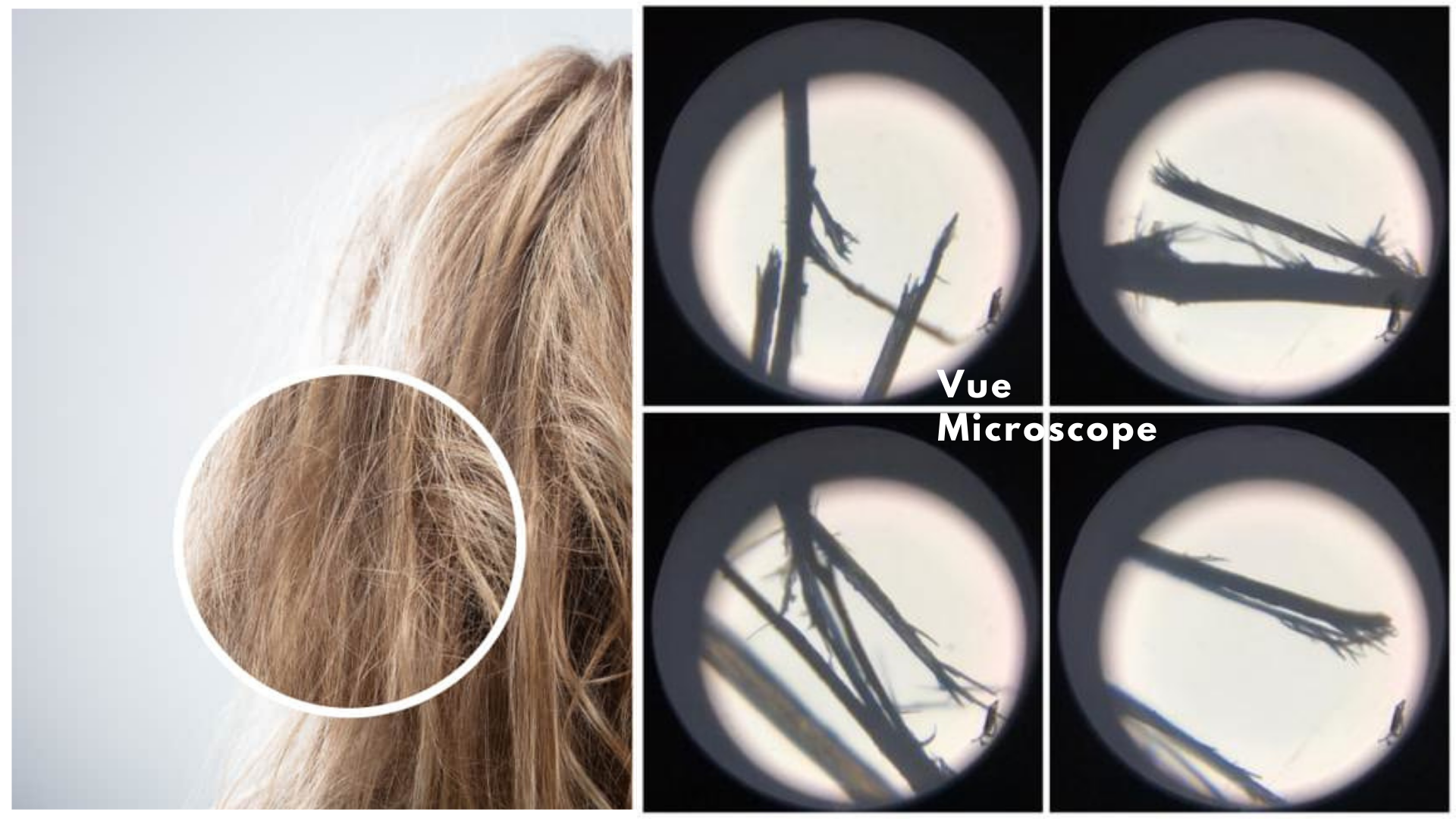How does trichoptilosis occur?
The tip of the hair undergoes a reduction in cuticle cells, keratin , leaving the cortex exposed. This leads to dehydration, segmentation and subsequent splitting of the hair. Of course, the degree of damage depends on the particular properties of each hair and the type of external aggression to which it has been subjected.Why does trichoptilosis occur?
The appearance of split ends or trichoptilosis is due to many different reasons, but the main cause is excess heat or chemical treatments applied to the hair. Harsh hair treatments that can cause split ends include:
- Permanent.
- Whitening.
- Coloring.
- Extensive use of hair dryers at high temperatures.
- Hair straighteners.
- Poor quality combs and brushes that can cause hair breakage.
- Dry hair.
How to prevent trichoptilosis or split ends?
- Be extremely careful with harsh hair treatments. Avoid, where possible, the use of high temperature hair dryers, straighteners, etc. If it is necessary to use them, protect the hair with thermal products. If it is necessary to use a straightener, try to spend only a little time on the ends.
- Be extremely careful with chemical treatments that dry out and damage hair, such as straightening, perming, or bleaching.
- Use conditioners once a week to deeply hydrate hair.
- Be wary of treatments intended to patch split ends. These treatments do not cure the hair, they just make it visibly more beautiful. Probably the only solution to split ends is to cut them.
- Gently comb hair when dry. Wet hair is more prone to breakage and split ends.
- Trim the ends regularly to prevent further damage.
What treatment for Trichoptilosis?
The most effective solution once the hair problem has appeared is to cut the split ends . Therefore, the earlier the cut is made, the less will need to be removed. If the ends of the hair are trimmed every 10 to 12 weeks, this is not a serious problem.
But if split ends are left untreated, the hair will continue to split right down to the roots. And in very extreme cases, loss of bulbs can occur with a consequent reduction in hair density.
For the latter cases, and while the capillary capacity is completely regenerated, the anti-split split mask has 100% natural and dermatologically tested keratin hair fibers. They provide density and volume to fine or thinning hair, thus hiding the symptoms of hair loss. 
The Fork Cutter: The ultimate solution against trichoptilosis!
The split end trimmer is the first hairdressing tool treatment capable of effectively eliminating all split and damaged ends along the entire length of the hair without losing the desired length. This machine is capable of cutting each damaged end of each hair, keeping the length intact. The split end treatment removes any ends damaged by dryness, dehydration, chemicals and the sun.
Advantages of the Fork Cutter
Guarantees a perfectly visible finish through the shine and silkiness it leaves behind. Women love having long, well-groomed hair; the split-end repair treatment allows them to maintain it, promote its rapid growth and highlight it. 


